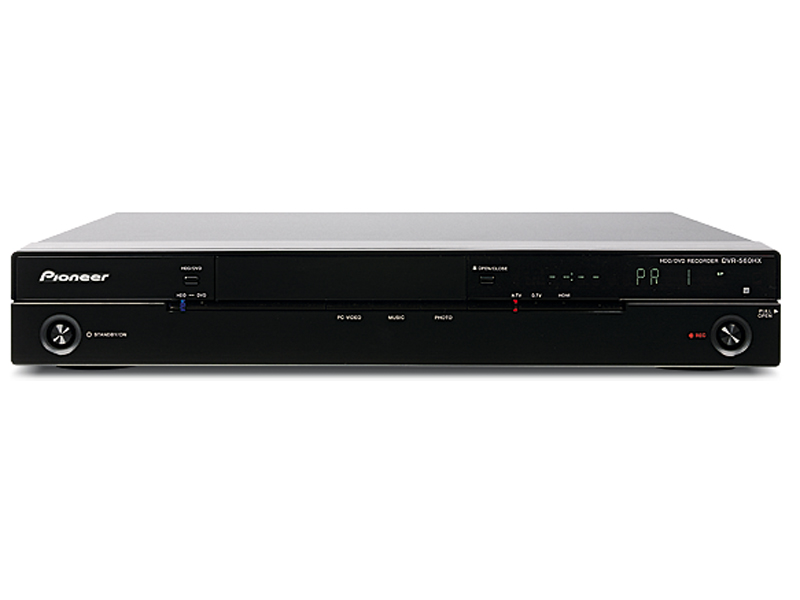TechRadar Verdict
A fine value DVD recorder with some nice features
Pros
- +
Excellent AV performance and features spread
- +
Networkability
Cons
- -
PC jukebox reliant on Windows Media Player
Why you can trust TechRadar
Cool in appearance, the DVR-560HX (the black variant, certainly) has clearly been designed to complement Pioneer's other AV components.
There's a single digital tuner on board, in addition to a old-style analogue Nicam one.
The Pioneer DVR-560HX also boasts a CI slot. Good news, then, for subscribers pay-TV services like Setanta Sports.
Recording options
Ensuring that such services can be easily-recorded, the DVR-560HX incorporates a GuidePlus EPG – which will control an external set-top box courtesy of an infra-red wand – and automatic Series Link.
All recordable and rewritable DVD formats, including dual-layer, are supported. At your disposal are six preset recording modes, in addition to a 32-step user-definable 'manual' mode.
With a bit of effort, you can determine the most-appropriate manual setting for a given source. Using the lowest-quality setting, the DVR-560HX will yield up to 455 hours of recording on the 160GB HDD.
Sign up for breaking news, reviews, opinion, top tech deals, and more.
But there's far more to this storage medium than the mere recording of TV programmes.
Link with your PC
The DVR-560HX will also 'rip' CDs to the HDD, and has other tricks up its sleeve. Connect the DVR-560HX to a PC via USB, and Windows then recognises it as an external HDD.
You can then copy your MP3, WMA, DivX, MPEG and JPEG files into the drive's video, music and pictures folders. A great idea, but copying is slow by PC standards.
Windows Media Player is also required for synchronisation (a simpler external-HDD mode would please Mac and Linux users) and you can't access the machine's own recordings.
This USB port can also send JPEG images to a PictBridge-compatible printer.
Editing your recordings
Other features include video adjustments for each input (and playback), 'chasing playback', a second USB port, a 32-event/1-month timer and an i.Link input for digital camcorders.
Frame-accurate hard-drive editing is also possible, enabling you to get rid of unwanted adverts and programme segments thereby reclaiming capacity.
This also ensures 'polished' results when making your own DVDs – dubbing can proceed at high-speed, or to a lower-quality mode in real-time. Also useful is Pioneer's unique disc back-up function.
This will transfer a self-made DVD to a temporary 'image' file on the hard drive, and thence to a blank disc.
Top quality DVD deck
Performance is exemplary, recordings from Scart or the internal digital tuner leaving little room for complaint.
For best results, stick with the higher bitrate modes (XP/SP, or MN16 or higher); these record at DVD's full resolution. Subjective DVD playback, sound quality and upscaling are also up to scratch.
Overall, a very polished piece of kit.
